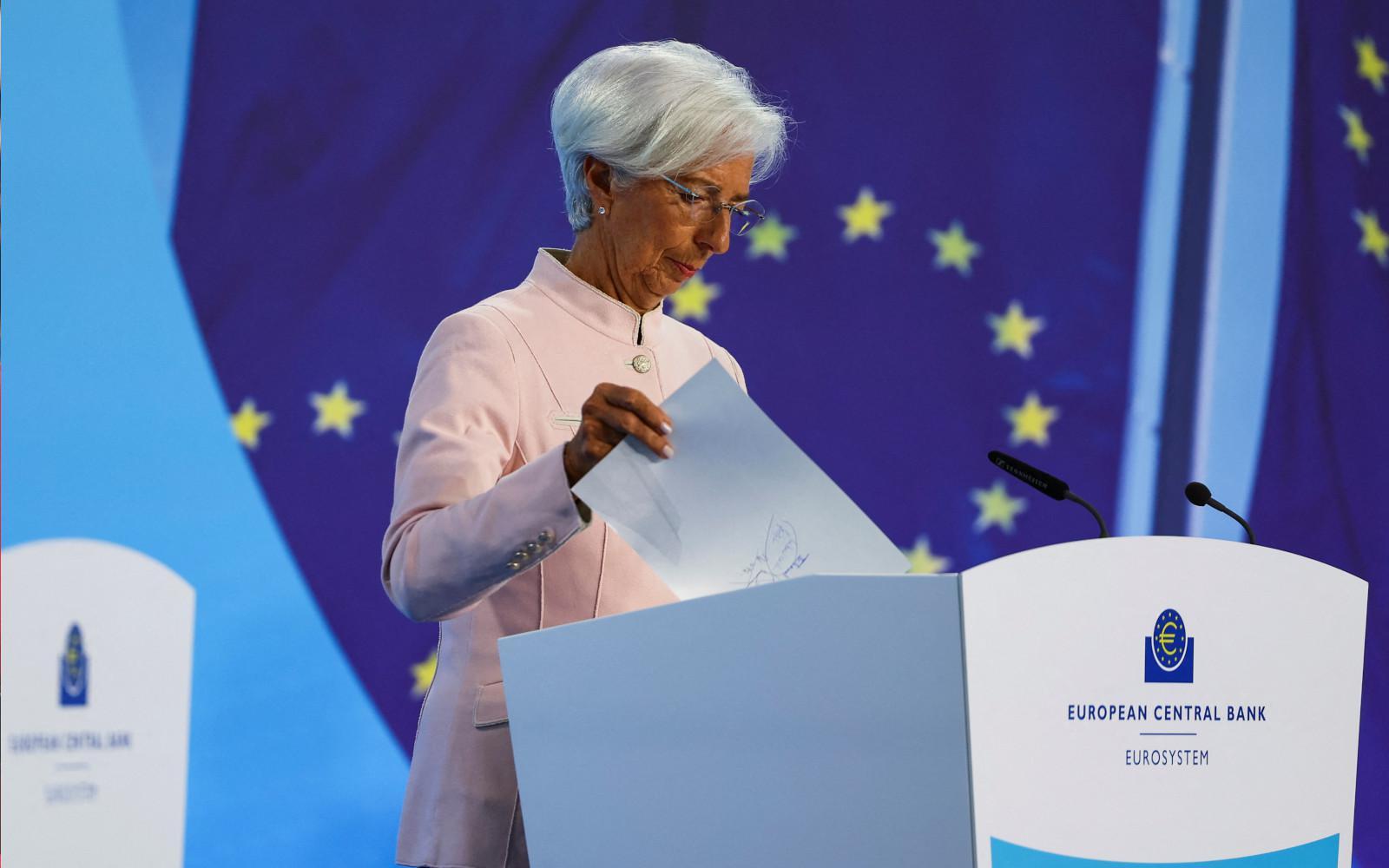On Thursday 30th January the European Central Bank (ECB) reduced its key interest rates for the fifth time by 25 basis points.
The new rate was 2.75% for the deposit facility, 3.15% for the marginal lending facility and 2.9% for the basic refinancing rate. The ECB's decision was in line with the expectations of analysts and market participants.
The decision was based on an updated assessment of the inflation outlook, the dynamics of core inflation and the effectiveness of monetary policy. It will take effect on 5 February. The Bank expects inflation to return to its medium-term target of 2% this year. However, the regulator noted that financing conditions remain tight.
Domestic inflation remains high, mainly because wages and prices in certain sectors are still adjusting with a significant lag to last year's surge in inflation. However, wage growth is decelerating as expected and incomes are partly mitigating the impact on inflation,' the ECB said.
While reaffirming its intention to ensure a sustained decline in inflation to its medium-term objective of 2%, the ECB stressed that it would stick to its approach of setting future monetary policy at each meeting on the basis of incoming data.
The press release noted that the economy continues to face adverse factors, but that rising real incomes and a gradual easing of the effects of restrictive monetary policy should support demand growth over time. The ECB reiterated that it is not committed to a specific interest rate path. Market analysts expect the regulator to continue to ease monetary policy as inflationary concerns in the eurozone subside.

It should be noted that the European regulator's decision was in line with market expectations. All analysts polled by Bloomberg predicted a cut to 2.75%. At the same time, most did not expect ECB chief Christine Lagarde to formally commit to further easing, although many of her Governing Council colleagues noted that another cut was likely in March.
Economists surveyed by Bloomberg still expect a rate cut at each of the ECB's four meetings between now and June. Traders, for their part, are pricing in just three cuts in the first half of the year, with a possible pause in April. There is also a 70% probability of another cut by the end of the year.
